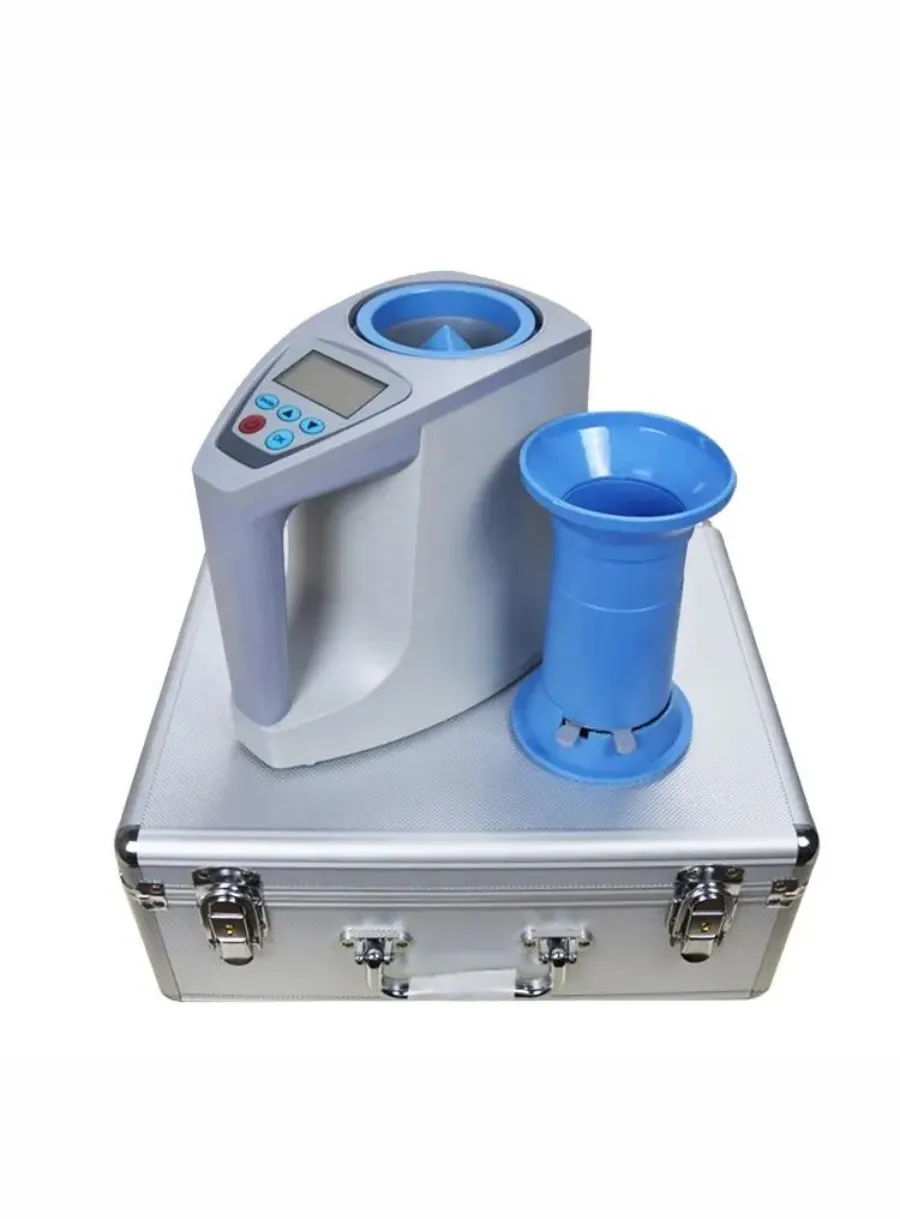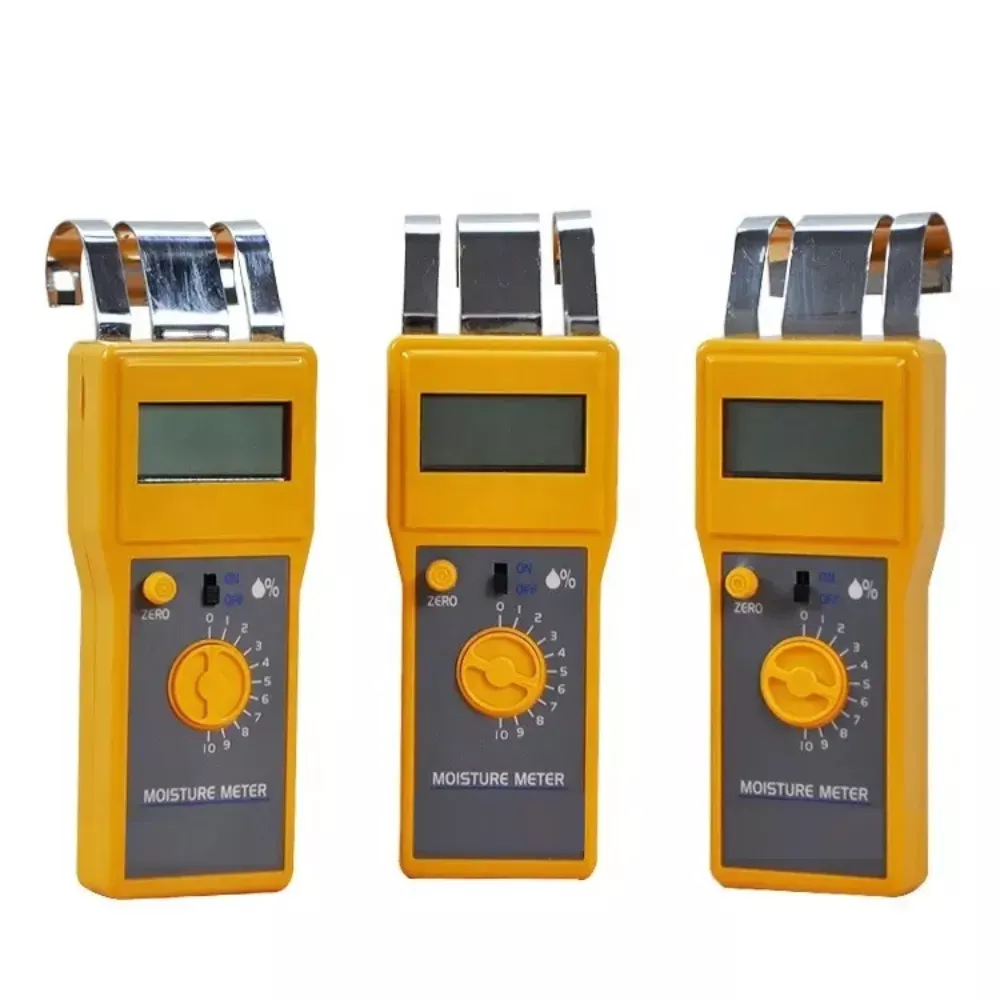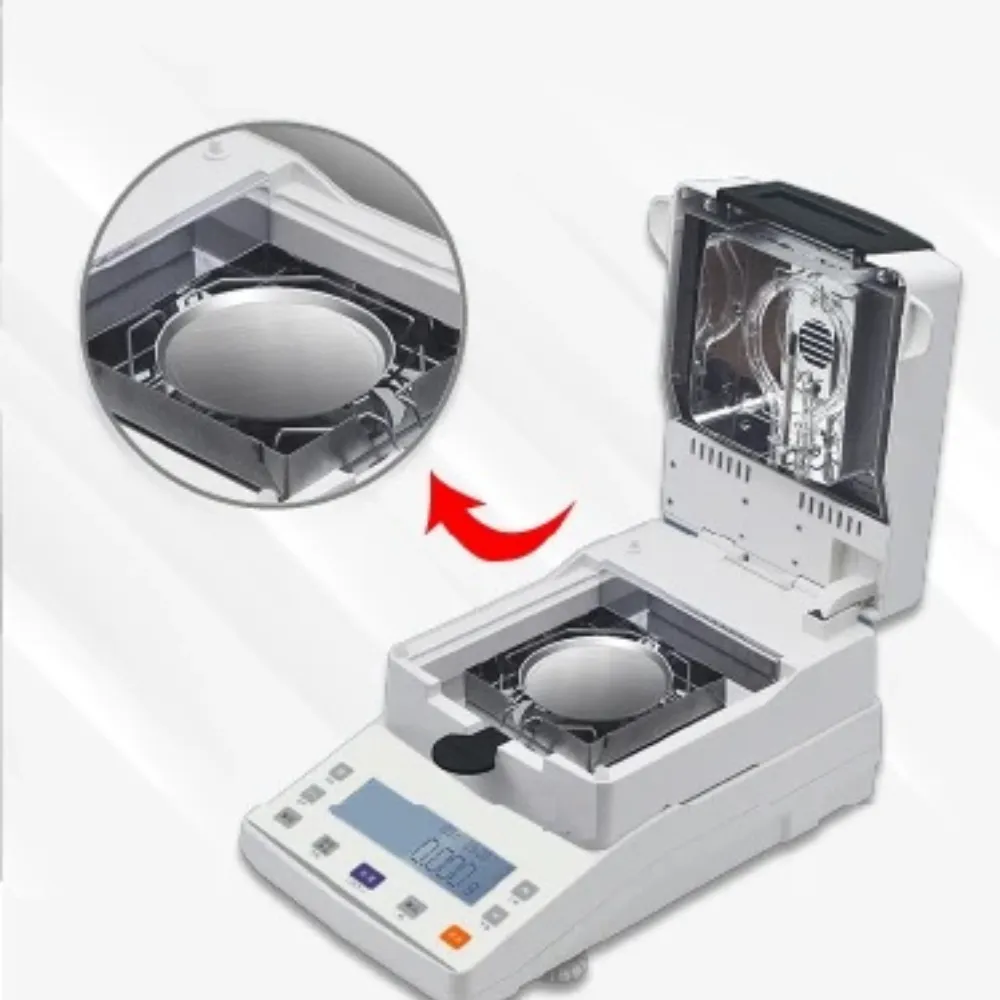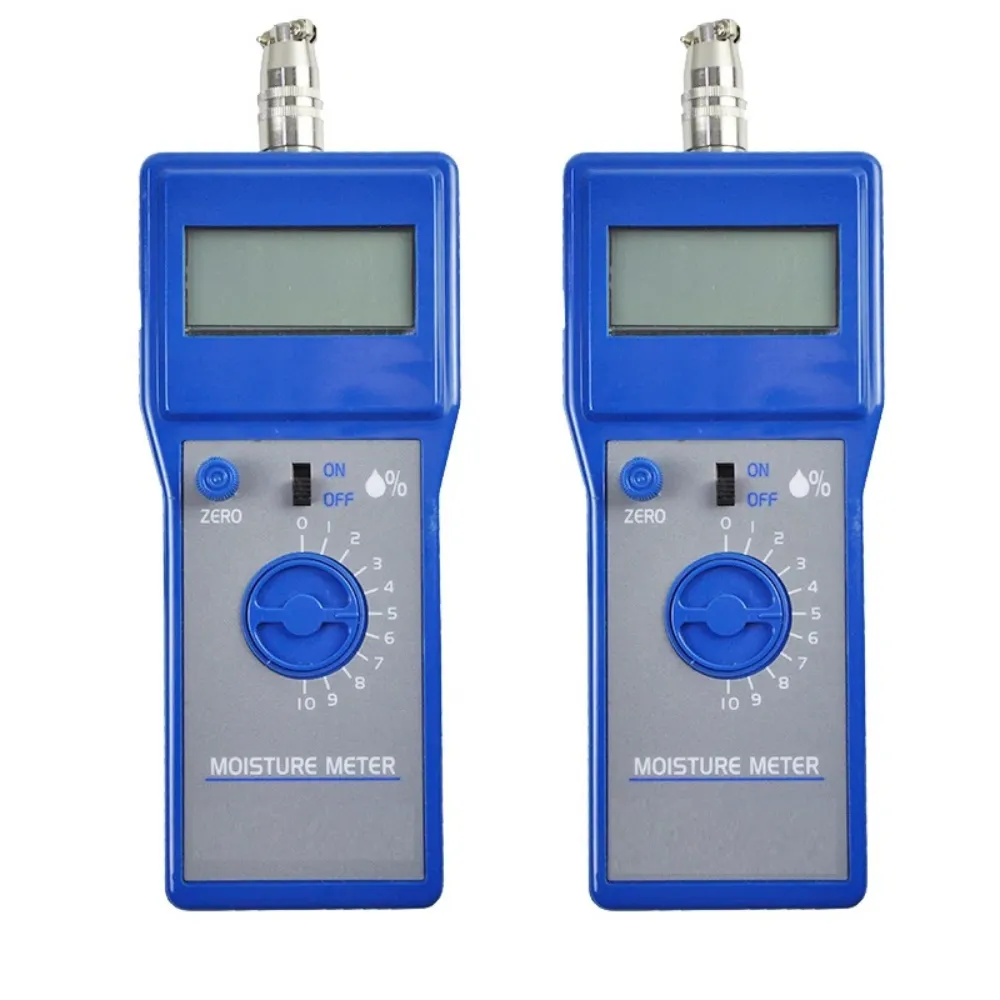
The Future of Paper Moisture Meters: Innovations and Developments
Table of Contents
Digital Technology: A New Era of Accuracy
One of the most significant innovations in paper moisture meters is the incorporation of digital technology. Traditional moisture meters relied on analog technology, which was prone to inaccuracies and required manual calculations. Digital moisture meters, on the other hand, provide more accurate readings and eliminate the need for manual calculations. This not only improves the overall accuracy of the measurements but also makes the device easier to use.

Wireless Technology: Remote Monitoring and Convenience
Another important development in paper moisture meters is the integration of wireless technology. Wireless moisture meters allow users to measure moisture content without physically touching the device to the paper. This is particularly useful in situations where the paper is located in hard-to-reach places or where the user needs to measure multiple samples quickly. Wireless moisture meters also offer the added benefit of remote monitoring, allowing users to keep track of moisture levels from a distance.
Versatility: Expanding Applications
In addition to digital and wireless technology, paper moisture meters are also becoming more versatile. Many modern moisture meters are designed to measure moisture content in various materials, such as wood, soil, and food, in addition to paper. This makes the device a valuable tool for a wide range of industries and applications.

Advanced Sensor Technology: Enhanced Accuracy and Reliability
Furthermore, advancements in sensor technology are leading to more accurate and reliable moisture measurements. For example, capacitive sensors, which measure moisture content by detecting changes in the dielectric constant of the material, are becoming increasingly popular due to their high accuracy and resistance to environmental factors such as temperature and humidity.
AI and Machine Learning: The Future of Moisture Measurement
Another promising development in paper moisture meters is the use of artificial intelligence (AI) and machine learning algorithms. These technologies can help improve the accuracy and reliability of moisture measurements by analyzing large amounts of data and identifying patterns that may be missed by human operators. AI-powered moisture meters can also adapt to changing environmental conditions, making them more robust and reliable in a variety of settings.
Comments
Tags
Frequently Asked Question
Digital meters offer greater accuracy, eliminate manual calculations, and are generally easier to use.
Wireless capabilities allow for remote monitoring, quicker measurements of multiple samples, and access to hard-to-reach areas.
Yes, many modern meters are versatile and can measure moisture in wood, soil, food, and other materials.
AI and machine learning are being used to analyze data, improve accuracy, adapt to changing conditions, and potentially identify patterns missed by human operators.


